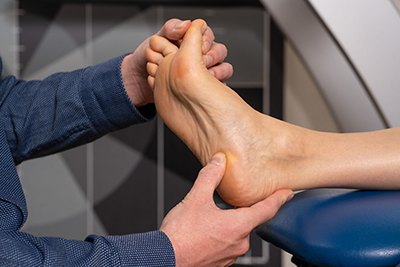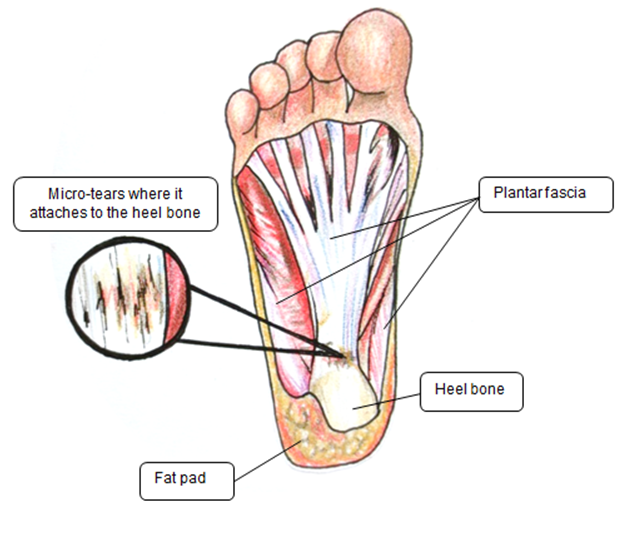Heel Pain & Shockwave Therapy
What do we mean by Heel Pain and Shockwave Therapy?
One of the most common causes of Heel Pain is Plantar Fasciitis. This is a common problem affecting up to 70% of us at some point in our lifetime. It is typically associated with pain in the heel and often in the arch area of the foot. Heel pain may also be due to other causes, such as a stress fracture, tendonitis, arthritis, nerve irritation or, rarely, a cyst.
Why have I developed Heel Pain?
How can Heel Pain be Treated?
When treating Heel Pain the first thing we have to do is to find out the cause of your heel pain and how it is affecting you.
Once we have a diagnosis, we can prescribe a course of treatment appropriate to you. This may include a combination of therapies such as stretching/strengthening exercises, strapping, orthotics, manual therapy. Interventions such as shockwave or ultrasound guided steroid injections can also be very successful when treating heel pain.
Frequently Asked Questions about Heel Pain & Shockwave Therapy
What causes heel pain?
The most common cause is plantar fasciitis, which affects the band of tissue supporting your arch. Other causes include stress fractures, tendonitis, arthritis, nerve issues, or even cysts.
Can heel pain appear without an injury?
Yes. It often develops gradually due to repetitive stress, poor footwear, standing for long periods, or lifestyle changes such as increased activity or weight gain.
What is shockwave therapy?
Shockwave therapy is a non-invasive treatment that uses high-energy sound waves to stimulate healing in damaged tissues. It’s particularly effective for chronic heel pain like plantar fasciitis.
Is shockwave therapy painful?
Most patients describe it as mildly uncomfortable but tolerable. Treatment sessions are short, and discomfort usually lessens with each visit.
How many sessions will I need?
Typically, 3 to 6 sessions are recommended for optimal results. Your podiatrist will advise based on your diagnosis and response to treatment.
Is shockwave therapy suitable for everyone?
While it’s safe for most people, it may not be suitable for those with certain medical conditions. Your podiatrist will assess your individual suitability before beginning treatment.
What other treatments might be included?
You may also benefit from exercises, taping, orthotics, manual therapy, or ultrasound-guided injections depending on your condition and treatment plan.
Heel Pain Treatment Comparison
| Treatment Option | Home Remedies | Over-the-Counter Care | Podiatrist Care (TFH) |
|---|---|---|---|
| Rest, ice, stretching | ✔ | ✔ | ✔ |
| Accurate diagnosis of heel pain | ✘ | Varied | ✔ |
| Custom orthotics | ✘ | ✘ | ✔ |
| Manual therapy & strapping | ✘ | ✘ | ✔ |
| Shockwave therapy | ✘ | ✘ | ✔ |
| Ultrasound-guided steroid injections | ✘ | ✘ | ✔ |
| Success rate for chronic heel pain | Low | Moderate | High |
BOOK ONLINE


